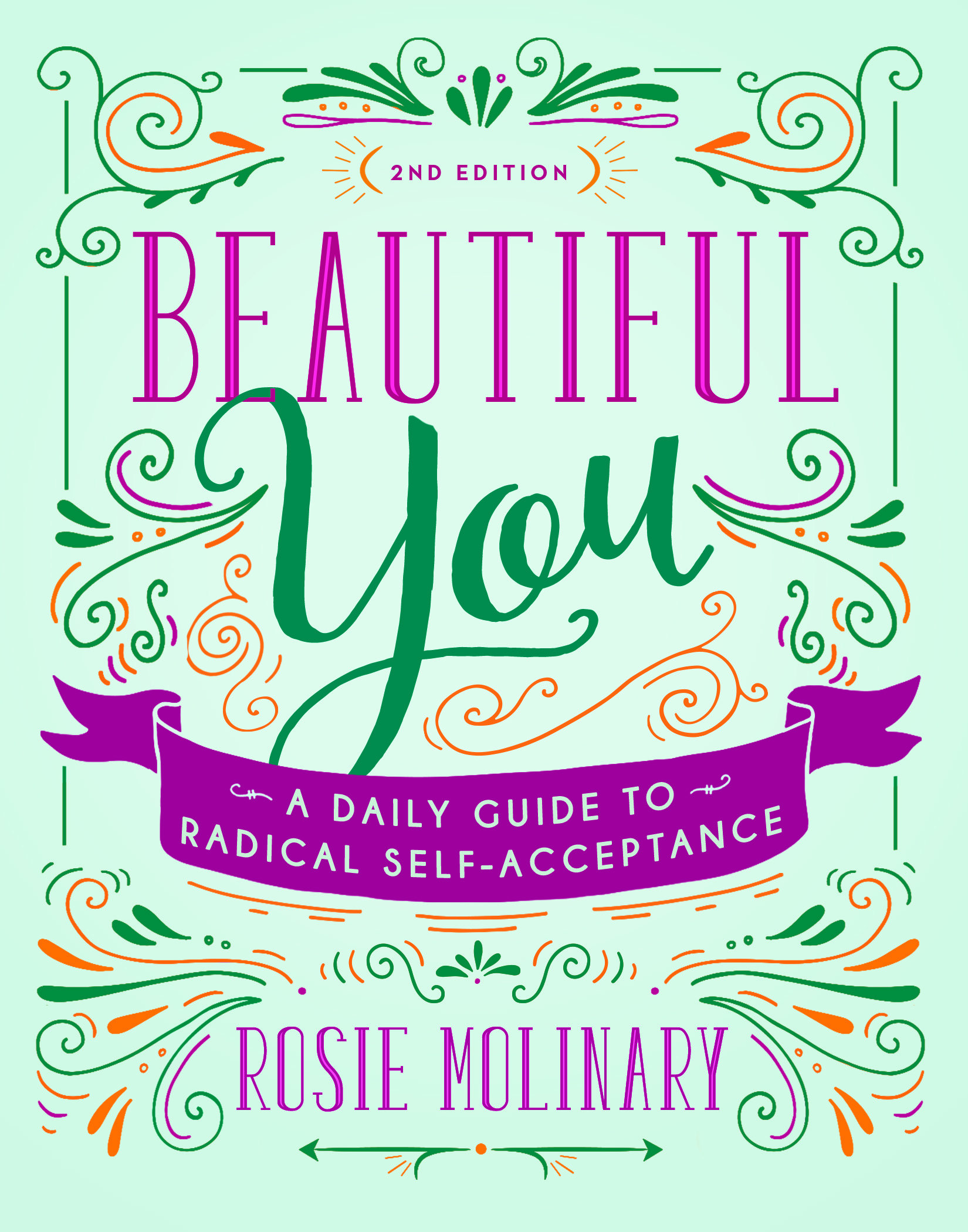Growing up Latina: Davidson author’s survey raises voices
Charlotte Observer, June 1, 2007, www.charlotte.com CRYSTAL DEMPSEYcdempsey@charlotteobserver.com
Rosie Molinary didn’t have friends who looked like her growing up in Columbia as the first-generation American daughter of Puerto Rican parents. She lived in two worlds: the one at home where she got almost daily reminders from her mother that she was not a “gringa” and the outside one where being thin, blonde and white was valued. Her dual-culture reality and the experiences of more than 500 first-gen American-born Latinas she surveyed are the focus of “Hijas Americanas: Beauty, Body Image, and Growing Up Latina” ($15.95, Seal Press). It’s in bookstores today.Molinary, 33, of Davidson also incorporates interviews with more than 70 women of different Latin American backgrounds from around the country on topics such as religion, family, relationships, sexuality, stereotypes, beauty, eating disorders and plastic surgery. The title translates to “American Daughters.” Molinary’s goal with the book was to be an activist and an advocate. “Writing the book was thrilling to me. I loved the idea of helping women raise their voices,” she says. “That’s what I want to be about — helping anyone raise their voice and connect to their community.”I think she did exactly that. Her candor and that of the interviewees creates a common ground that should comfort and inspire Latinas. Or anyone who has ever felt like an outsider.The book grew out of Molinary’s work during graduate school in Vermont. She wrote “Giving Up Beauty,” a collection of poetry and nonfiction essays on body image, beauty perception and ethnic identity.For Molinary, one reward from writing the book was finding a peer group of Latinas that she never had growing up in the South. “It was personally so satisfying to have hundreds of hours of conversations with women who felt like girlfriends,” she says. “I’ve stayed friends with many of the women.”
On a global level, she was surprised by the amount of plastic surgery Latinas are having. From 2000 to 2004, the total number of cosmetic procedures performed on Latinos in the U.S. jumped by 49 percent, according to the American Society of Plastic Surgeons. According to 2005 ASPS research, Latinos led all minority groups and accounted for nearly 10 percent of all plastic surgery procedures. The most requested procedures included breast augmentation, liposuction and nose jobs.In Molinary’s “Growing Up Latina” survey, 4.7 percent of the 520 women surveyed online reported having cosmetic surgery.Latin culture traditionally has been very expansive about what is accepted in terms of body and beauty, the author points out. “With globalization and technology allowing images to reach all of us anywhere, that’s changing,” she says. “I think it shook me up how much it’s changing.” One of the book’s more interesting conversations, Molinary says, was with a woman who had two nose jobs. A New York doctor tried to maintain her ethnicity during the first surgery. Her family in Colombia didn’t like the result because her new nose wasn’t American enough and pressured her to get it redone there. “It was surprising to me that each doctor was yielding to the culture that wasn’t theirs,” Molinary says. Other revelations for her in “Hijas Americanas”:
• The number of eating disorders. Molinary says stats aren’t being compiled on a national level, but 15.6 percent of those surveyed reported having an eating disorder, often considered the “province of white women,” at some time in their lives. And those seeking treatment often faced cultural disconnects between their families and their doctors.
• The importance of sex education for teens. Through December 2001, according to the Centers for Disease Control and Prevention, Latino young men and women represented 20 percent of the cumulative reported AIDS cases among teens, although they accounted for only about 12 percent of the U.S. teen population. While teen pregnancy rates have dropped across all ethnic groups over the past decade, the decline has been smallest among Latinas. During interviews, Molinary found that only 5 percent had direct conversations about sex with their parents.
• The influence of role models and popular culture. Some women report finding comfort in the growing number of Latina women such as Jennifer Lopez, Salma Hayek, Eva Mendes and Eva Longoria. Molinary writes, “Salma and J.Lo may have curves, but their bodies are far closer to the bodies of Hollywood’s other `It’ women than the average girl on the street in middle America.”And the author says she finds stereotyping is still common. She admits to bolting upright on the couch when she heard the “Grey’s Anatomy” character of “Callie,” played by Sara Ramirez, described as being “dirty sexy.” And she prefers to call the hit TV show “Betty.” (“I know they’re using `Ugly’ ironically, but why use it at all?”) There’s a glossary of terms at the beginning. A resource guide and the survey are at the end.One of my favorite chapters is interviews with five successful Latinas including California Congresswoman Linda Sánchez and Olympic speed skater Jennifer Rodriguez. At the book’s end, Molinary returns to being an advocate and activist with a call for solutions and a mandate to champion all women.


